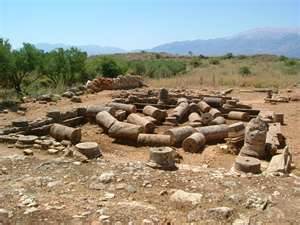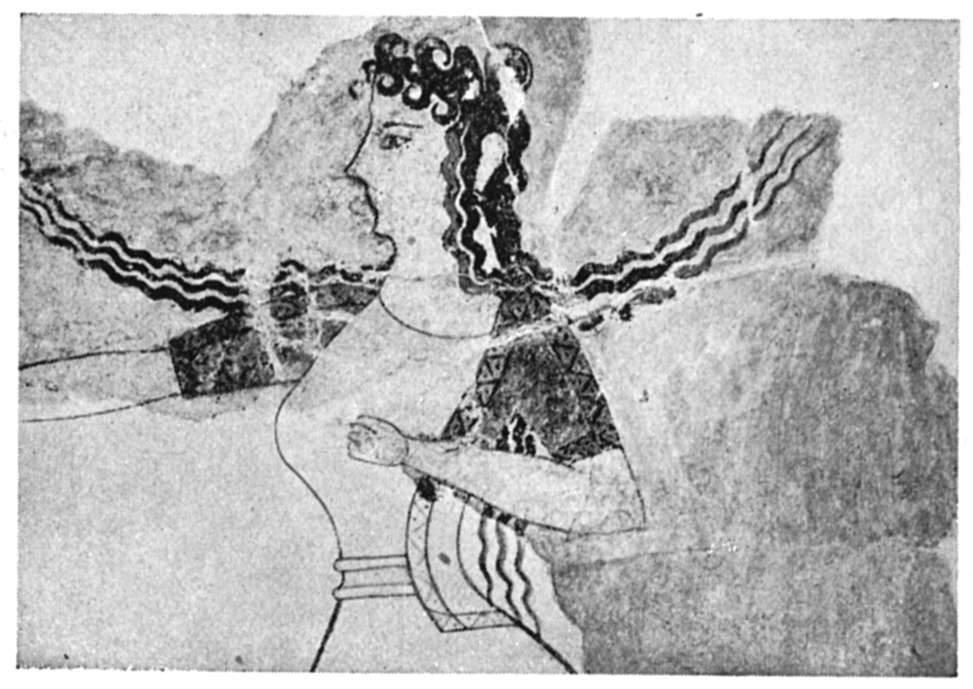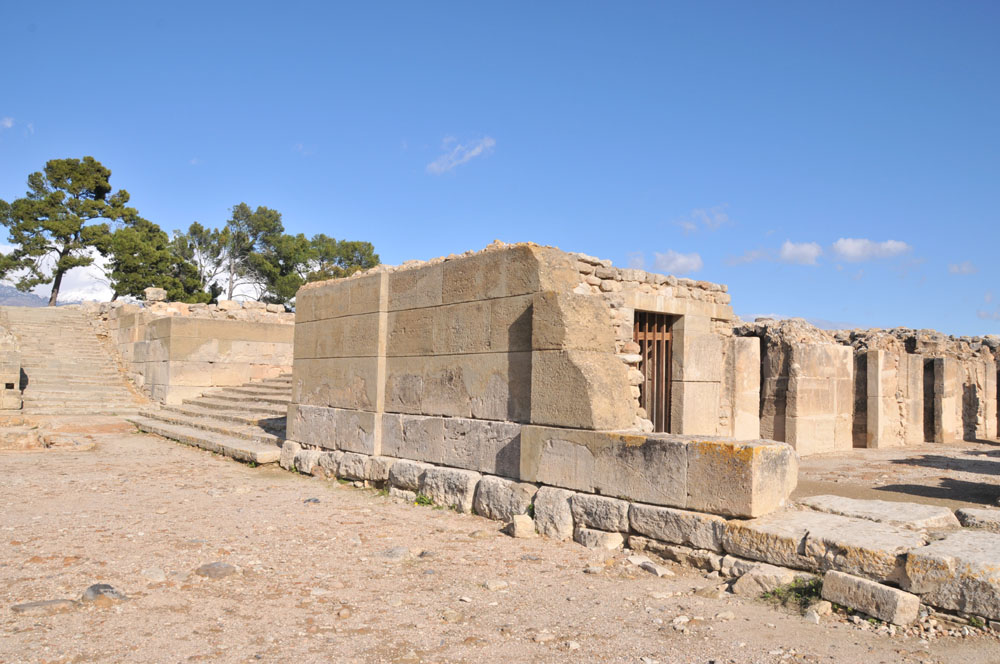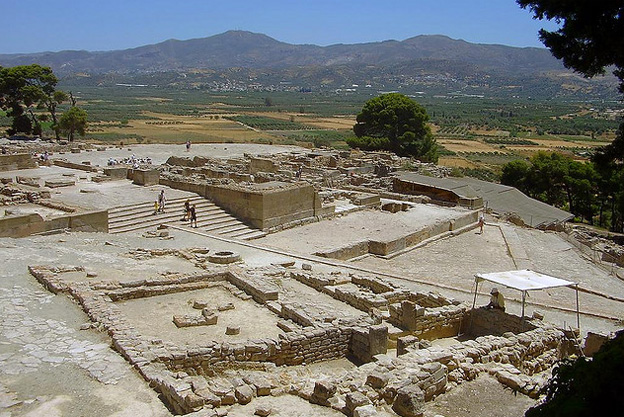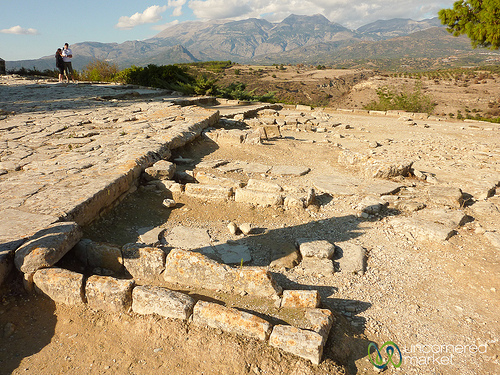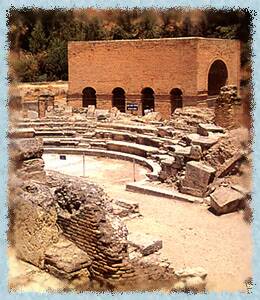INTRODUCTION TO TITUS
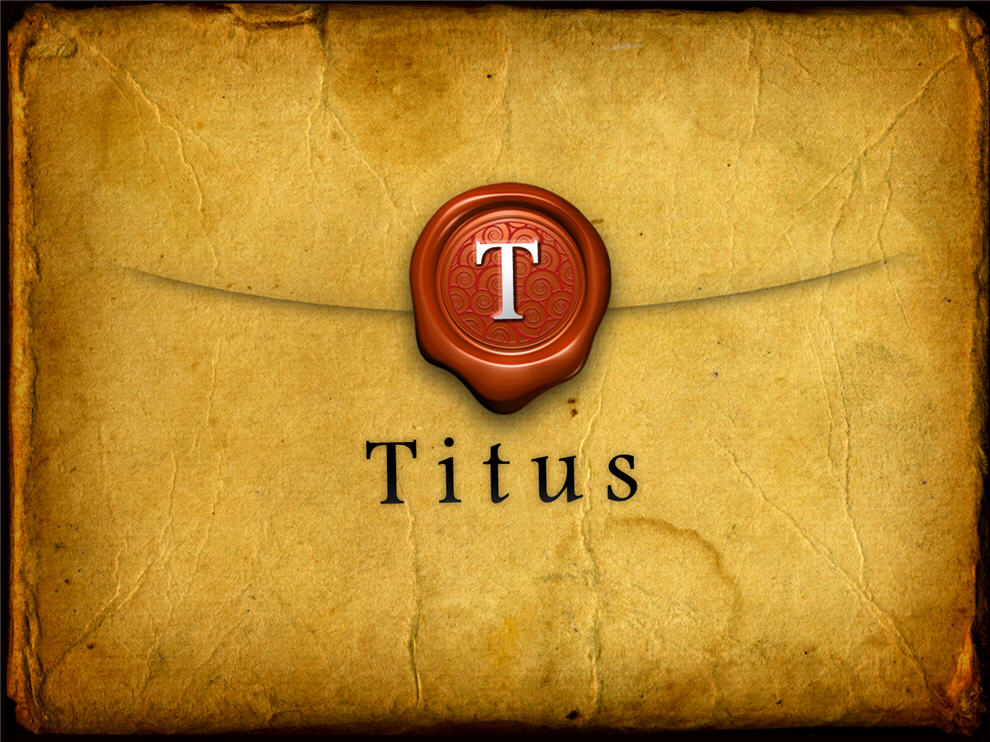
Introduction to Titus
Titus was written around 63 A.D.
Paul had visited the Island of Crete on his voyage to Rome as a prisoner. Following Paul’s release from his first imprisonment, he traveled to Ephesus, Colossae, Philippi, back to Ephesus and then to the Island of Crete. Titus either went to Crete with him or came later, but Paul left him there to minister.
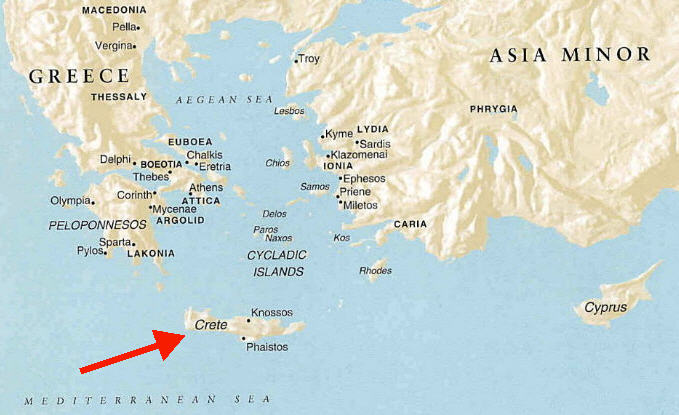
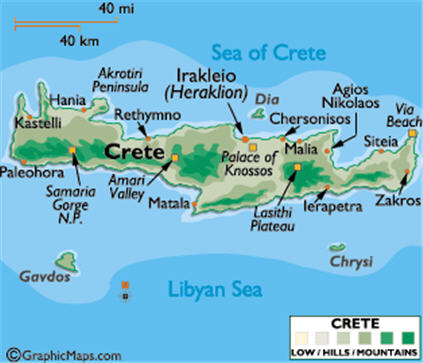
While Paul was at Corinth he met Zenas and Apollos who were planning on a trip to Crete. Paul wrote to Titus sending it with Zenas and Apollos.
Paul tells Titus that he will be sending Artenmas or Tychicus to relive him in Crete so he can join Paul in Nicoplois where he planned to stay the winter.
Titus was a Greek and probably a native of Antioch. He may have been a brother of Luke. He was converted in the early ministry of Paul. He had a stronger personality than Timothy and he achieved some ministry success in Corinth where Timothy had failed.
Titus met Paul at Antioch about 49/50 A.D. Titus accompanied Barnabas and Paul to the Jerusalem Council where Titus was “exhibit A” for Paul when he later wrote Galatians demonstrating that circumcision was not necessary for salvation. Titus did some work of ministry in Corinth for Paul. He traveled with Paul on his third missionary journey. He was sent twice by Paul to Corinth. Once to unify the church there and then again later to collect money for the poor Christians in Jerusalem. Tradition says that Titus returned to Crete and died there at the age of 94.
History of Cretians: They were a crude, half-civilized people. Before being conquered by Rome in 67 B.C. they had had a democratic form of government and rebelled against Roman rule. The churches on Crete were probably formed by the Christians saved at Pentecost (Acts 2:11).
There were many false teachers in the churches on Crete who were deceiving the people, living impure lives and taking people for their money.
The dominant theme of Titus is the relationship of good works to sound doctrine. Paul’s purpose in this letter is to give Titus further directions as to the organization of the churches and their leadership and to emphasize both the need of sound doctrine and high moral conduct. While good works do not bring salvation, they should be the result of salvation.
Note: The Isle of Crete was in the past inhabited by the Minoans. They were a mercantile sea trading society that became quite prominent in the region. They worshipped mostly female goddesses. Their downfall came from three sources. First the eruption of a volcano on the nearby island of Santori caused some ash to fall on the island, but the associated Tsunami caused the most damage. Secondly the construction of huge palaces and the demand for food and material deforested the island of trees and plant life. Today there is no wild animal life as there was during the days of the Minoans. Thirdly the warring Mycenaean culture came with their navy and soldiers and defeated the weakened Minoans finally.
Pictures of ancient Crete today.
